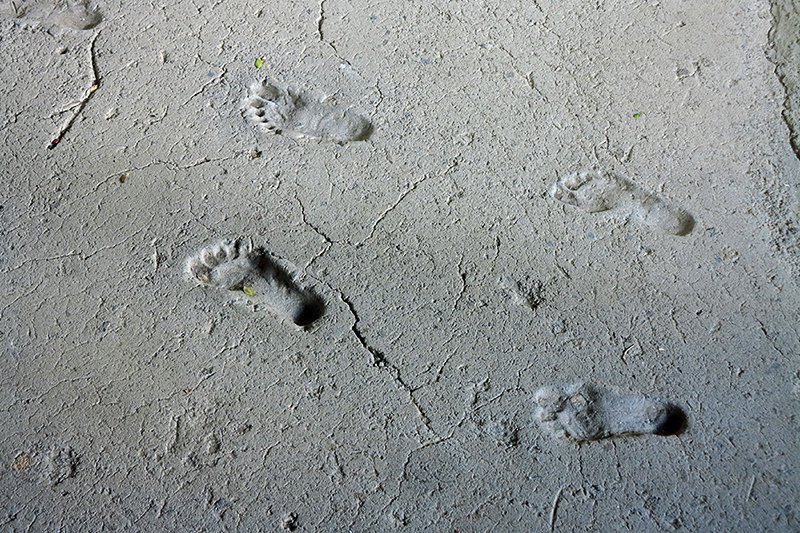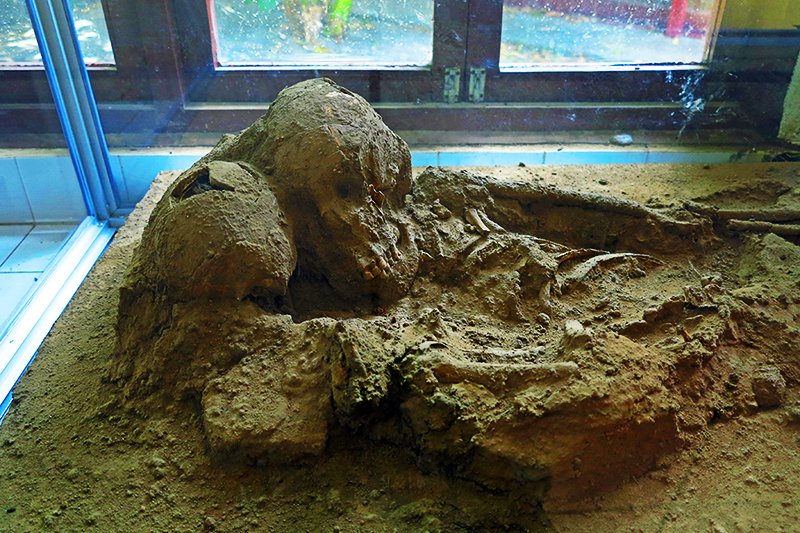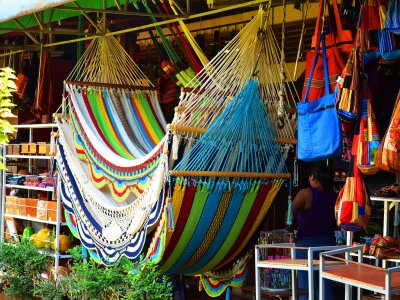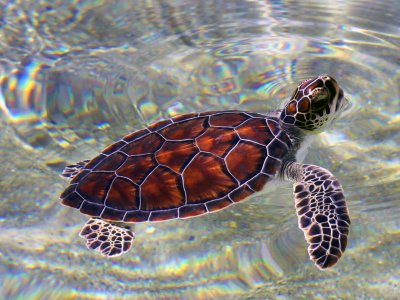
Oddviser
adventure's step-by-steprecipes & lifehacks
How to ride a board on volcano in Nicaragua?How to walk inside the active volcano in Greece?How to feed flying dogs in the jungles of Thailand?How to cycle along the Great Wall of China?How to swim in the famous Trevi Fountain in Rome?How to ride a kayak along the canals of Venice?How to walk on the roofs of skyscrapers in Dubai?
Take a look at the footprints of people and animals which had been escaping from the lava and ash.

The capital of Nicaragua has often suffered from volcanic eruptions, but each time recovered and restored its former appearance. However, some places still bear the "marks" of notorious events dating back thousands of years.
The museum "Ancient footprints of Acahualinca" is one of such places. It was formed around the discovered layers of volcanic lava with prints of people and animals who tried to escape from the eruption of the volcano near the cost of the lake. They were found at the end of the XIX century, but presented to the public only in the 30s of the XX century. It was found after the analysis that these footprints are dated as much as 2 thousand years. It makes them the most ancient footprints in North America. Something similar can only be found in the Pompeii Museum in Italy.

Photo: Human prints, © Rick & Irene Butler
The museum "Ancient footprints of Acahualinca" is one of such places. It was formed around the discovered layers of volcanic lava with prints of people and animals who tried to escape from the eruption of the volcano near the cost of the lake. They were found at the end of the XIX century, but presented to the public only in the 30s of the XX century. It was found after the analysis that these footprints are dated as much as 2 thousand years. It makes them the most ancient footprints in North America. Something similar can only be found in the Pompeii Museum in Italy.

Photo: Human prints, © Rick & Irene Butler
How to do?
1. Go to the village of Akaulinka by rented car or by taxi. You will find the museum in the area of El Cayus, near the St. Anne's Church. The journey takes 28 minutes.

Photo: Exposition of the museum, © Rick & Irene Butler
2. There is a permanent exhibition of finds of the pre-Columbian era in the museum even with the remains of a mammoth. All these things were found within Nicaragua.

Photo: Exposition of the museum, © Rick & Irene Butler
2. There is a permanent exhibition of finds of the pre-Columbian era in the museum even with the remains of a mammoth. All these things were found within Nicaragua.
When to do?
The museum is open from Monday to Friday from 8:00 to 17:00, on Saturday and Sunday - 09:00-16:00.
How much?
The entrance fee is 120 NIO.



 по-русски
по-русски en Español (pronto)
en Español (pronto)



 Mickey Collins
Mickey Collins
 Little Corn Island
Little Corn Island
 Melissa Clark
Melissa Clark
Reviews